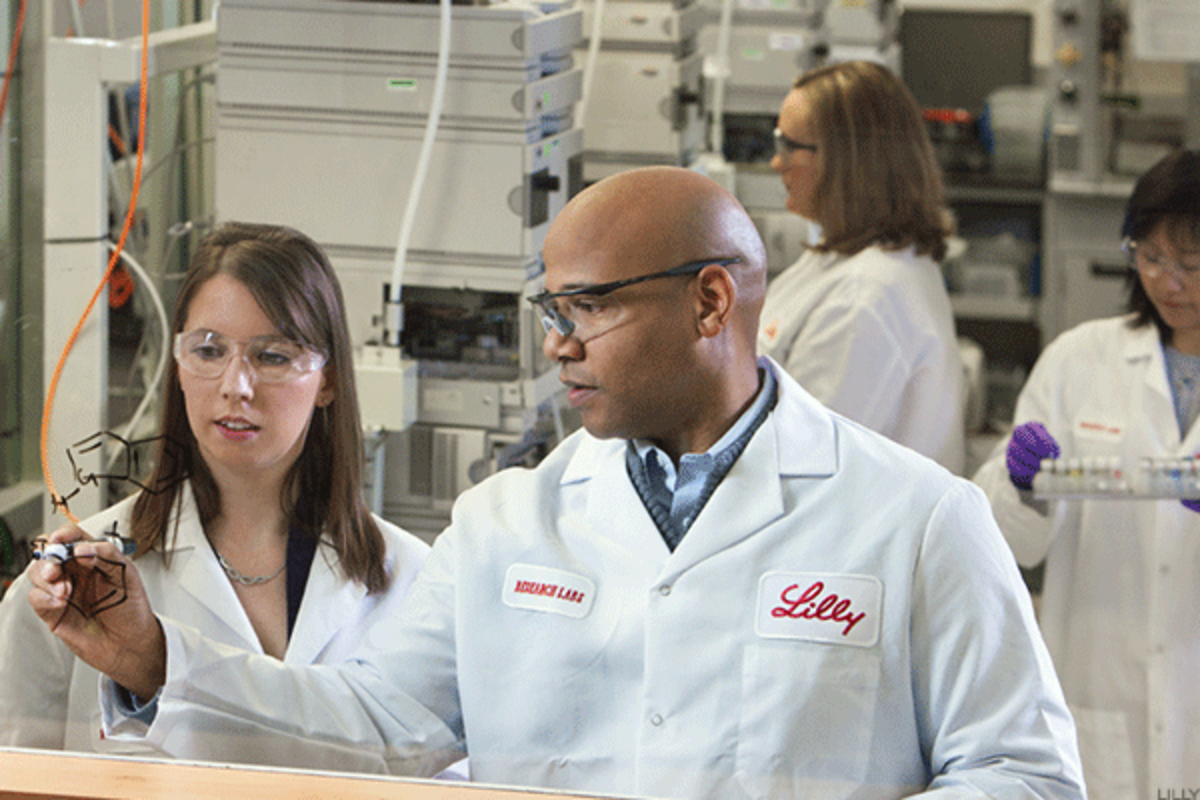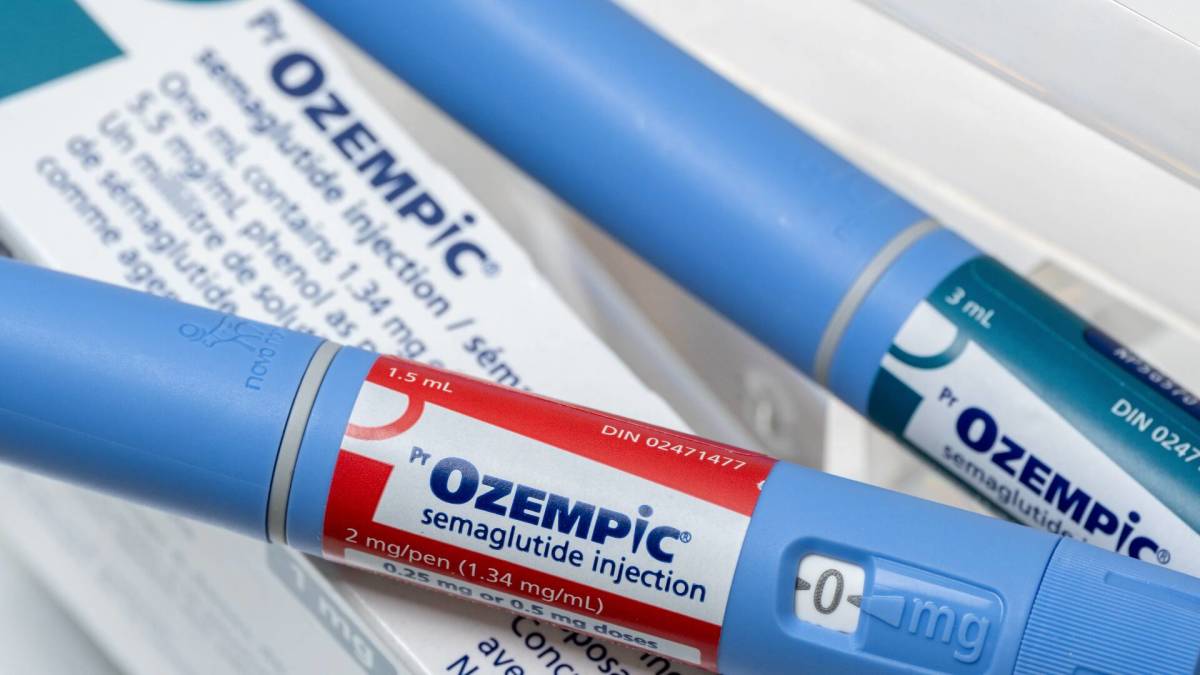
Eli Lilly shares edged higher in early Wednesday trading, extending the stock's extraordinary 2024 gain, following a key Wall Street upgrade heading into its highly anticipated second-quarter earnings report next month.
Eli Lilly (LLY) has added more than $360 billion in market value this year, vaulting it past Tesla (TSLA) and placing it among the 10 largest U.S. companies in terms of market capitalization, largely on the back of hopes that its newly developed weight-loss drug will expand into blockbuster status.
Weight loss drugs, also known as GLP-1 receptor agonists, have taken the pharmaceutical industry by storm, with overall sales expected to approach $50 billion this year before doubling to $100 billion in 2029, according to forecasts from analytics group GlobalData.
The high cost per treatment, however, has raised the ire of politicians on both sides of the Atlantic, with President Joe Biden warning earlier this month that "without substantial reduction, they have the potential to bankrupt the American healthcare system."

Shutterstock
Their efficacy is also compelling: Patients have lost as much as 20% of their body weight from GLP-1 treatments, which suppress appetite and trigger a sense of fullness, according to data from recent clinical trials.
More than just weight loss
Eli Lilly is also expanding its broader portfolio of treatment offerings through a series of acquisitions, including three deals valued at a collective $7 billion over the past year, to augment its weight-loss and diabetes-drug focus.
The most recent deal, the $3.2 billion purchase of bowel-drug specialists Morphic Holding (MORF) , was unveiled earlier this week.
The group also won approval for its early-Alzheimer's drug, which will be sold as Kisunla, from the U.S. Food and Drug Administration earlier this month.
Related: Analysts reveal Eli Lilly stock price targets after earnings
Barclays analyst Carter Gould added $112 to his Eli Lilly price target in a note published Wednesday, taking it to $1,025 a share, noting that the introduction of Kisunla into the group's portfolio adds a "new dimension" that had been lacking over the past year.
"We are bullish on Eli Lilly heading into its quarterly results on Aug. 8, expecting the company to beat analysts' high consensus expectations," Gould wrote.
"We anticipate a strong Mounjaro print (+$71 million vs. the Wall Street consensus) and in-line Zepbound numbers (+64% quarter-on-quarter), with potential for the company to raise guidance again," he added.
Eli Lilly raised its full-year-sales forecast in April by around $2 billion, and now sees a 2024 tally of around $42.4 billion to $43.6 billion, with earnings in the region of $13.75 a share.
GLP-1 supply concerns
Eli Lilly booked around $1.8 billion in Mounjaro sales over the first three months of the year, most of it coming from U.S. markets, with around $517 million in revenue from the newly released Zepbound.
Mounjaro is targeted to patients with type-2 diabetes while Zepbound is marketed as an anti-obesity treatment. Both share the same active ingredient, known as tirzepatide.
Sales for the second quarter, however, may have been limited by shortages in supply for larger treatment doses, which the company hopes to alleviate with a beefed-up investment of around $5.3 billion in its new manufacturing facility in Lebanon, Ind.
It's also building out sites in Germany after its treatments were approved by European regulators last year alongside those of rival drugmaker Novo Nordisk (NVO) .
Gould also noted the potential of Eli Lilly's developing weight-loss pill, orforglipron, which CEO David Ricks hopes to have supported by efficacy data early next year.
More Health Care:
- Analysts prescribe new Walgreens stock price targets after earnings
- Carnival Cruise Line shares a key health and wellness warning
- Retirement fears worsen mental health of U.S. workers
Pill-form production, Ricks told The Wall Street Journal last month, could enable Eli Lilly to "partner and buy capacity quite quickly” and avoid the shortages associated with the more complicated production process of injectable treatments.
"We also expect increasing appreciation and focus on the disruptive effect of Orforglipron, an oral nonpeptide GLP-1 receptor agonist, on the company’s current share dynamics," Gould said.
Eli Lilly shares were marked 0.23% higher in early trading to change hands at $934.64 each, a move would extend the stock's year-to-date gain to around 58%.
Related: Veteran fund manager sees world of pain coming for stocks







